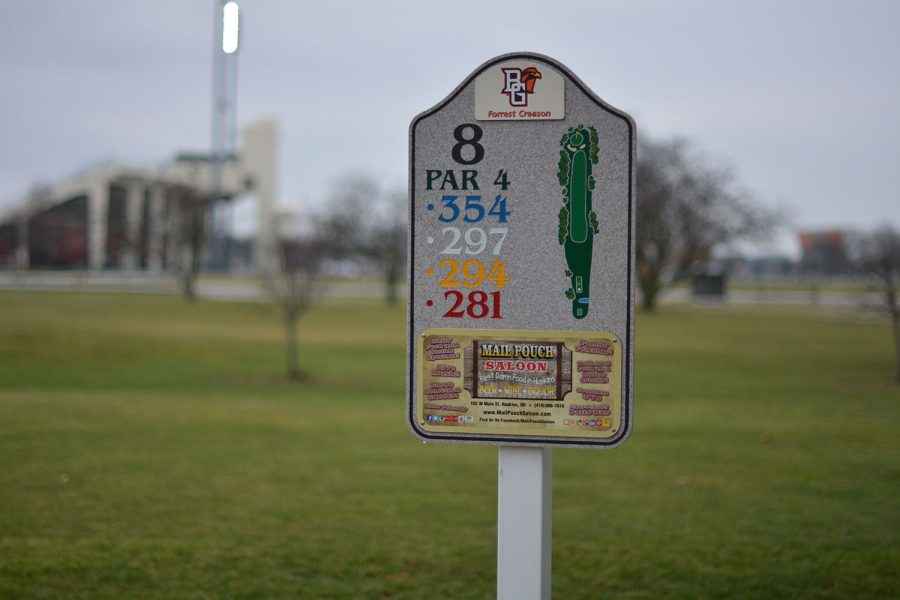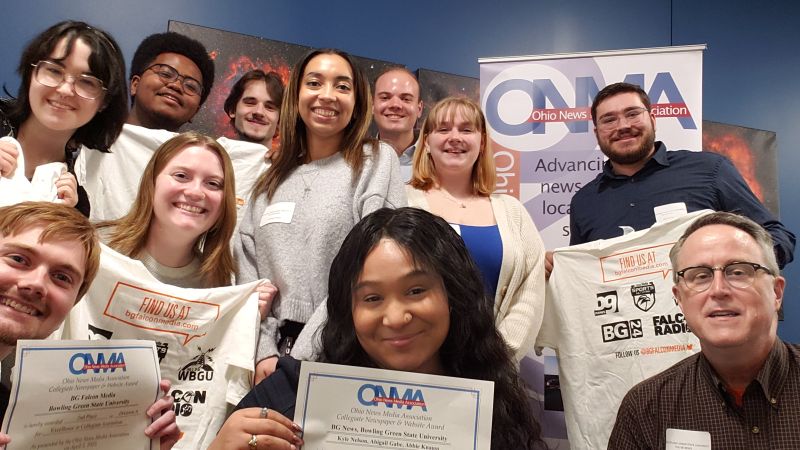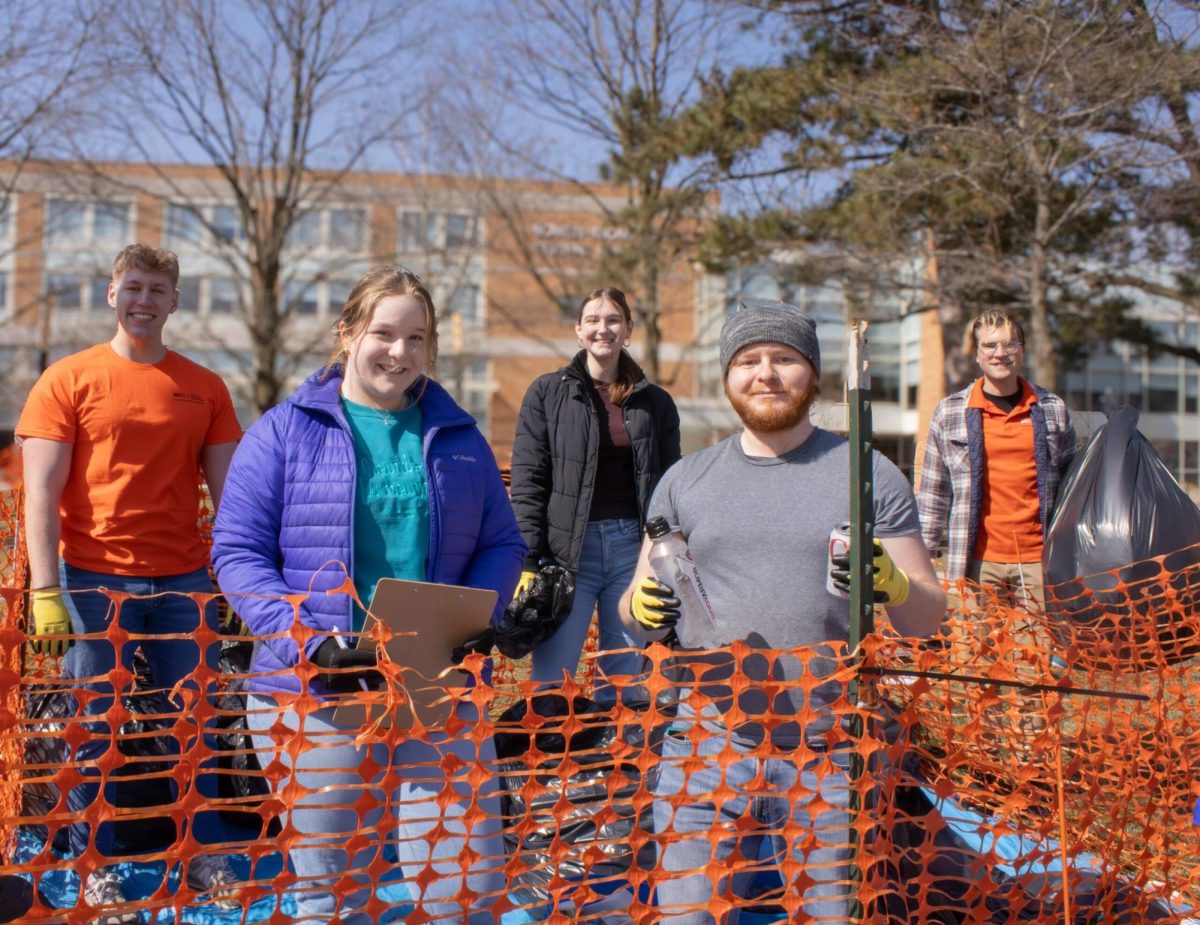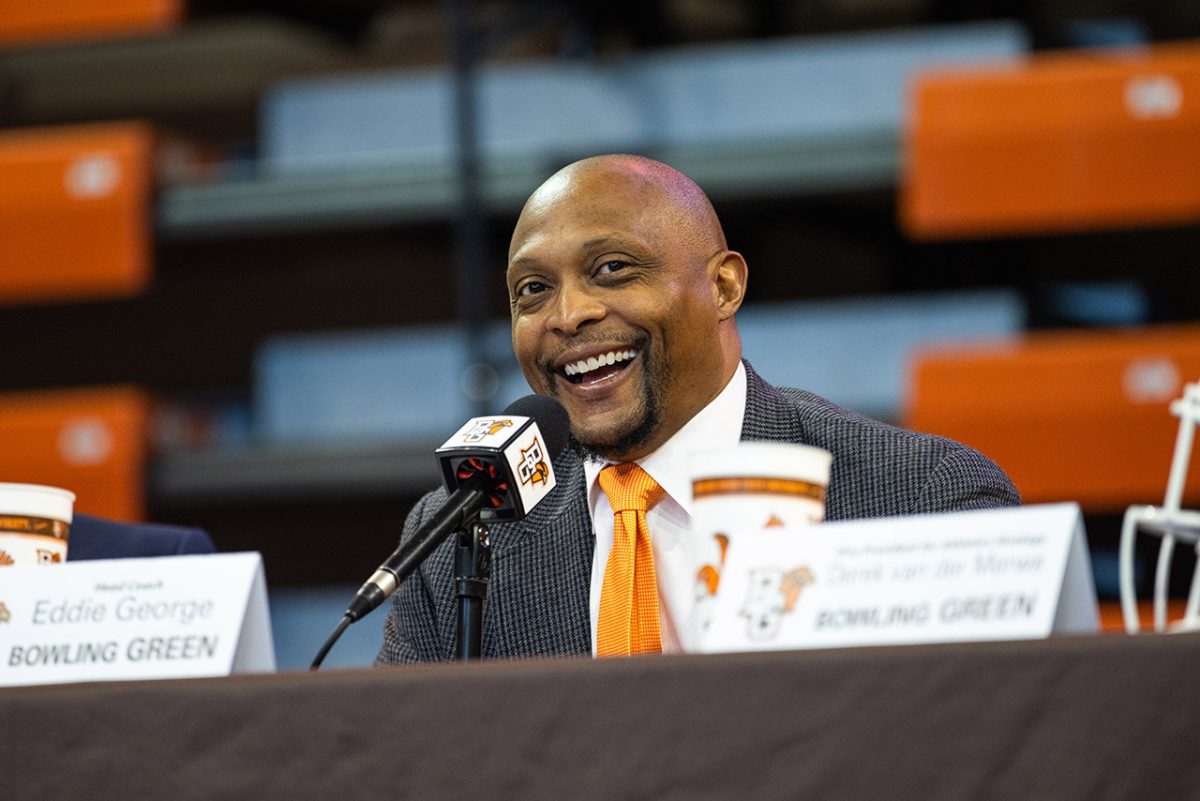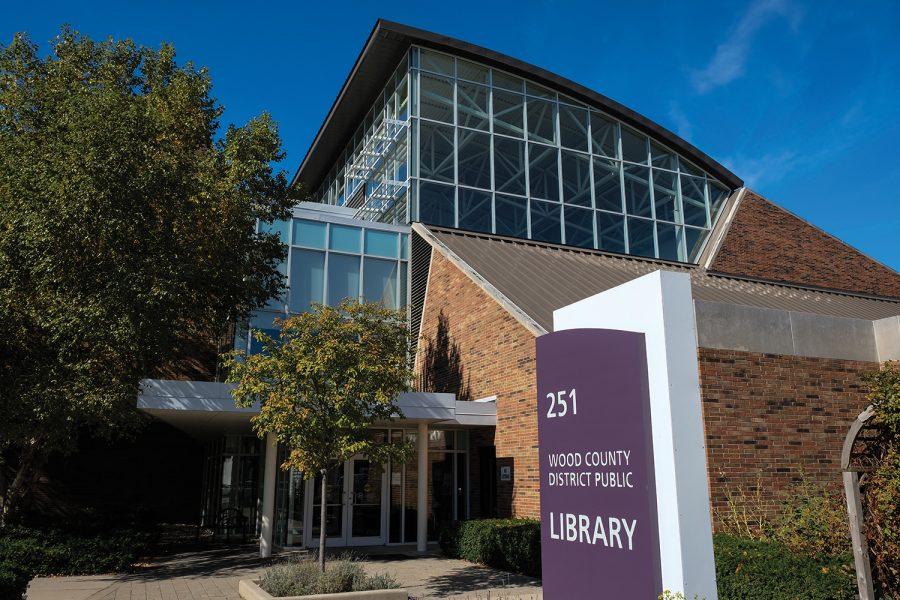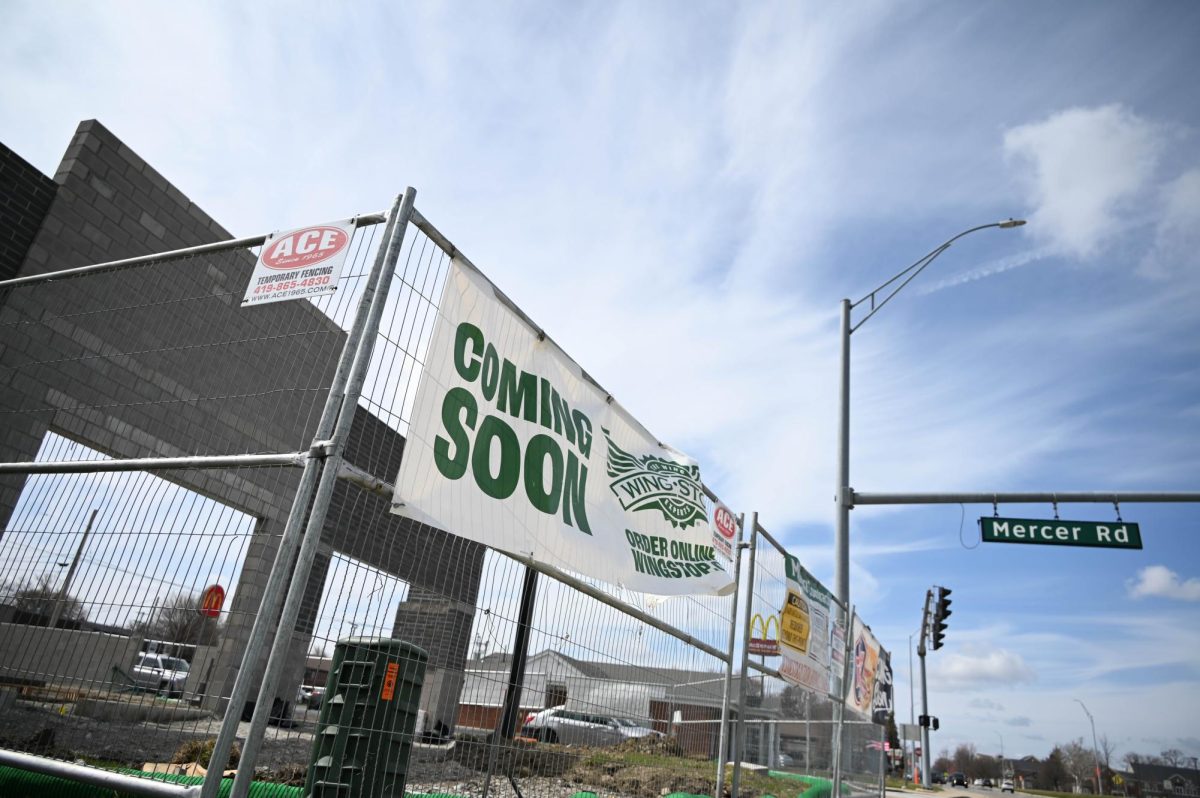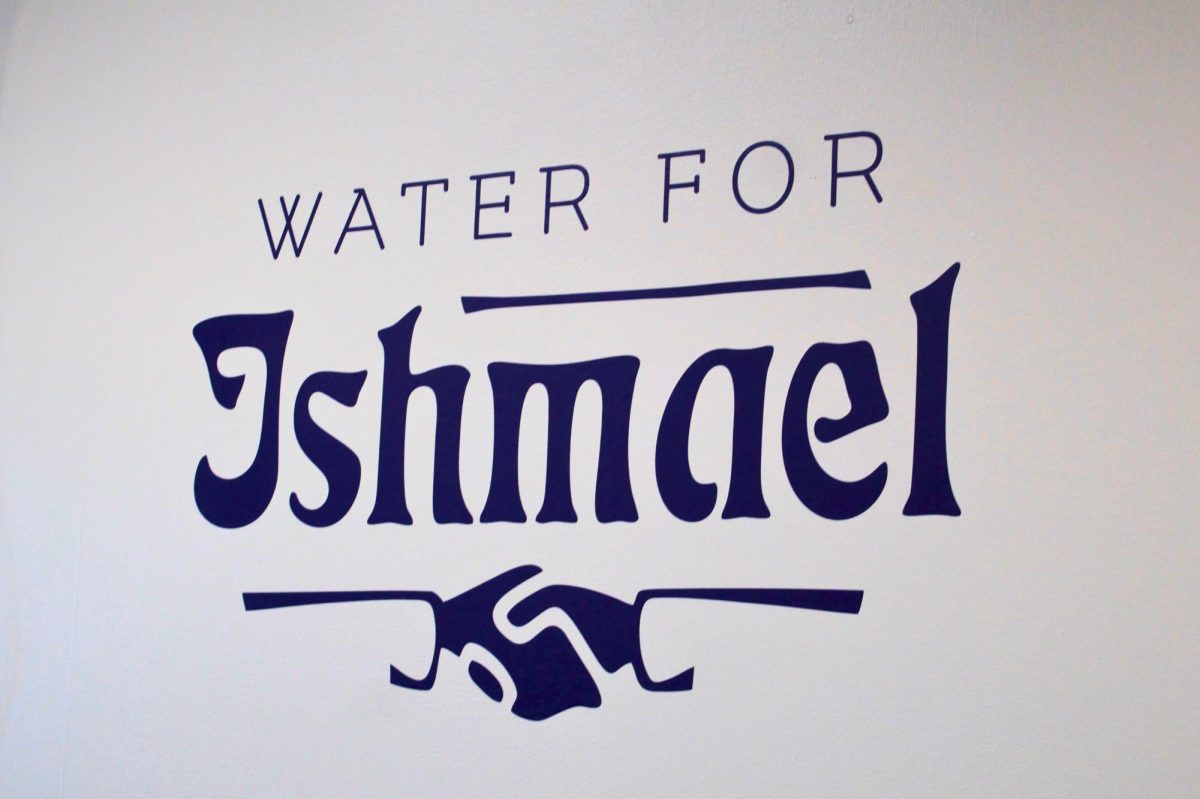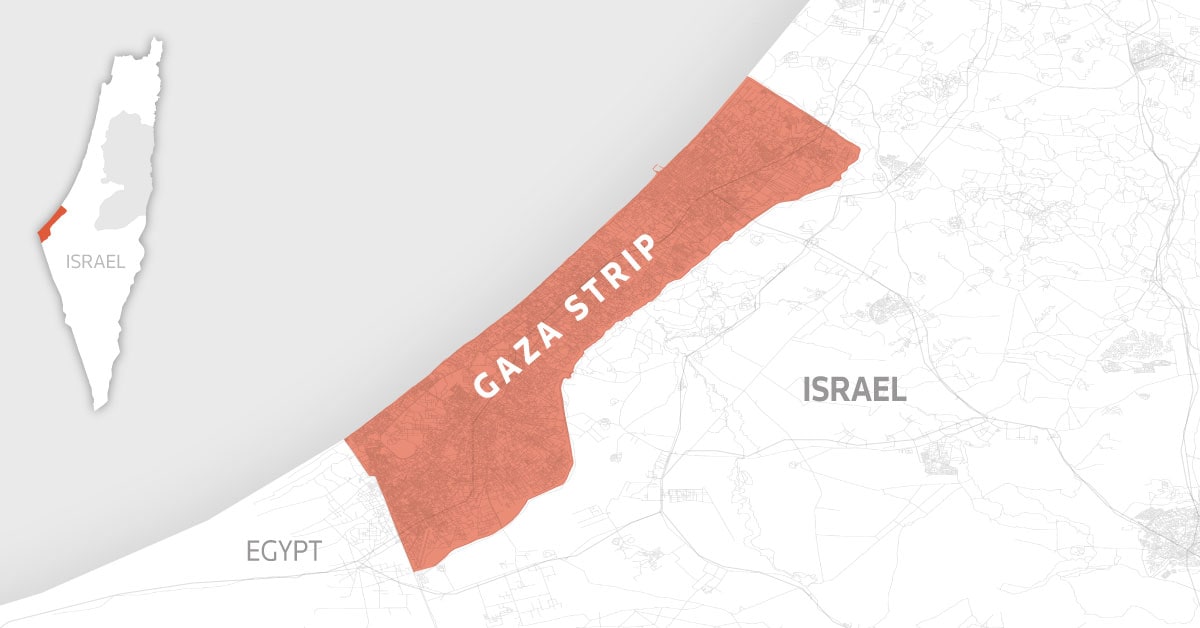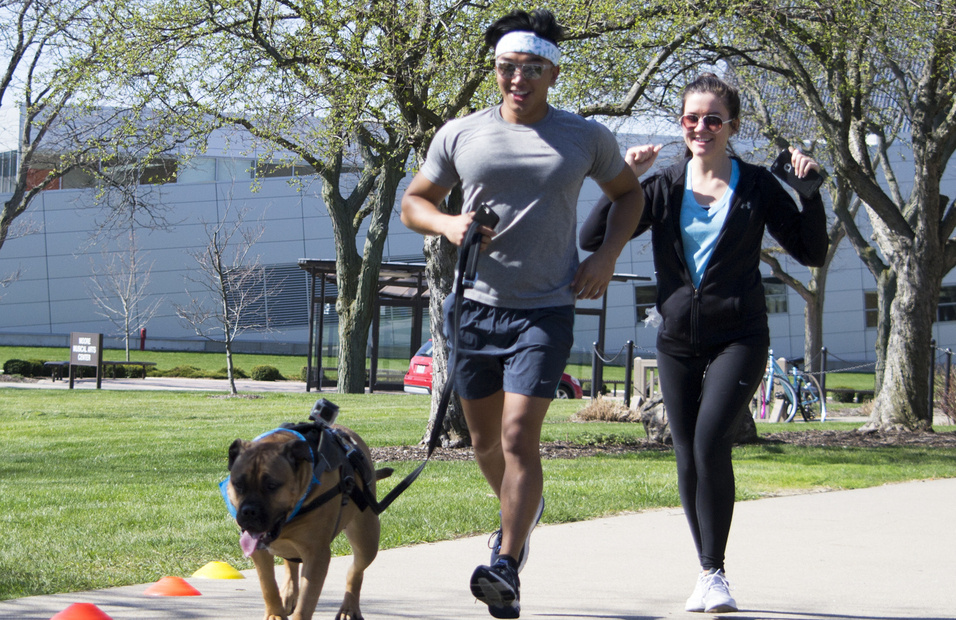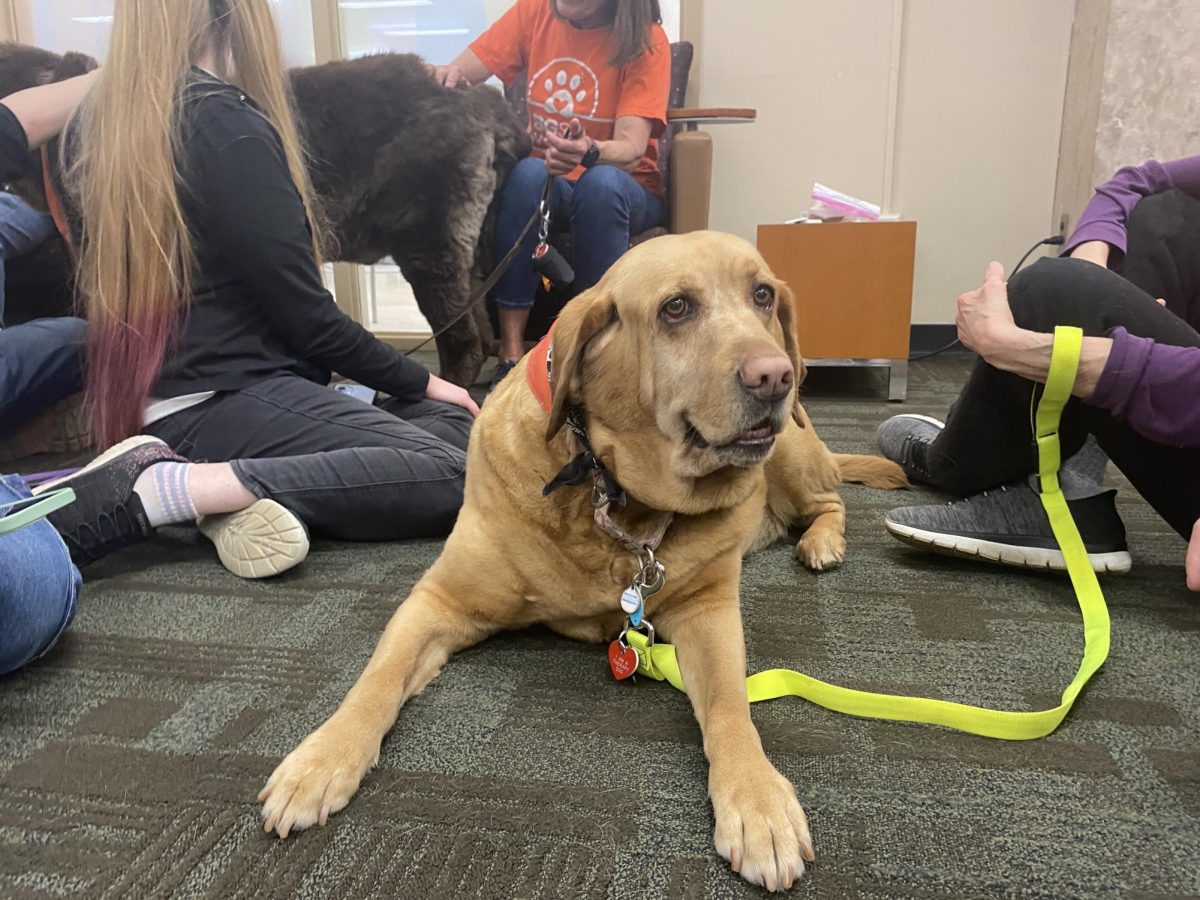Plans for different companies to move onto the grounds of the University’s golf course after it closes have been made, but it is not a decision popular with all students. The University will be shutting down its golf course at the end of the 2017 season, citing “more than a decade of declining revenues and a mounting operating deficit” on a website press release for the closure.
University President Mary Ellen Mazey announced plans to open the space taken up by the Forrest Creason Golf Course on the west side of campus for business development starting after 2017.
Richie Racette, president of Undergraduate Student Government, said at a Sept. 11 meeting that Mazey, in deciding what to do with the land, will be “bidding it out to high-tech companies.”
“We will be pursuing possibility there in gauging interest with tech companies,” Dave Kielmeyer, the University’s chief marketing and communications officer said.
He said the plan would be attractive to companies because of the course’s current location next to Interstate 75 and near the University campus.
He added the prospect of inviting said businesses would be “mutually beneficial,” as the introduction of businesses would be good for students looking for careers or work.
Kielmeyer also said the companies would provide “opportunities to engage our students through co-ops and internships.”
The tech companies the school aims to attract will tentatively coincide with subjects students learn in courses, such as businesses focused on supply chain management or data science issues, he said.
However, this is not a plan entirely set in stone.
“We’re in the very early stages of all of this,” Kielmeyer said, indicating no firms had yet committed to build on the golf course.
He also said that, while “certain programs might be of interest to companies,” he could not guarantee potential incoming businesses would be inclined to partner with the University to provide student internships or co-ops.
He added many other intricacies of the plan were not yet settled, and that different matters, including the extent to which the environment of the course would change, would be up to bidders.
Some students have specific hopes about the coming businesses.
Robert Secontine, a freshman business student, looks to intern or build a career at a business in the future but said he would need to be convinced Bowling Green would have ample opportunity for him.
He said he would be looking for “something in a sales position (or) … float management” as a career choice but that ties to his home state in Massachusetts would likely lead him to work there instead of Ohio.
One company he said would keep him in Bowling Green if it were to come due to its innovation in technology and sound: Bose Corporation.
Sophomore statistics major Grant Baldwin said he would like to see companies introduced that would focus on supplying “internships specifically for BG students” and encouraging interns to build careers in the city so they could help give back to the local community.
Other students said they would rather the space be used for more public or service-driven uses.
Freshman biology major Piper Buckley said, “I would like more focus on waste management on campus,” adding that waste removal or recycling facilities were what she would have built on the space. She also said building a daycare or an artist center on the space would be preferable.
Kielmeyer added that active users of the course had declined over the years, saying the number of rounds played totaled about 22,000 in 2010 and only reached nearly 11,500 in 2016.
The University also said competition from other local courses lowered the incentive to keep the course in operation.
Baldwin said he knew people who had played at the University course and would be affected by its closure, but it was not a “major loss” to them due to the presence of other courses in the area.
“The decision to close the golf course was something we didn’t take lightly,” Kielmeyer said.
Like the closure of the course, however, the University is putting much consideration into plans for what to do with its soon-to-be defunct collection of sand traps and greens.


